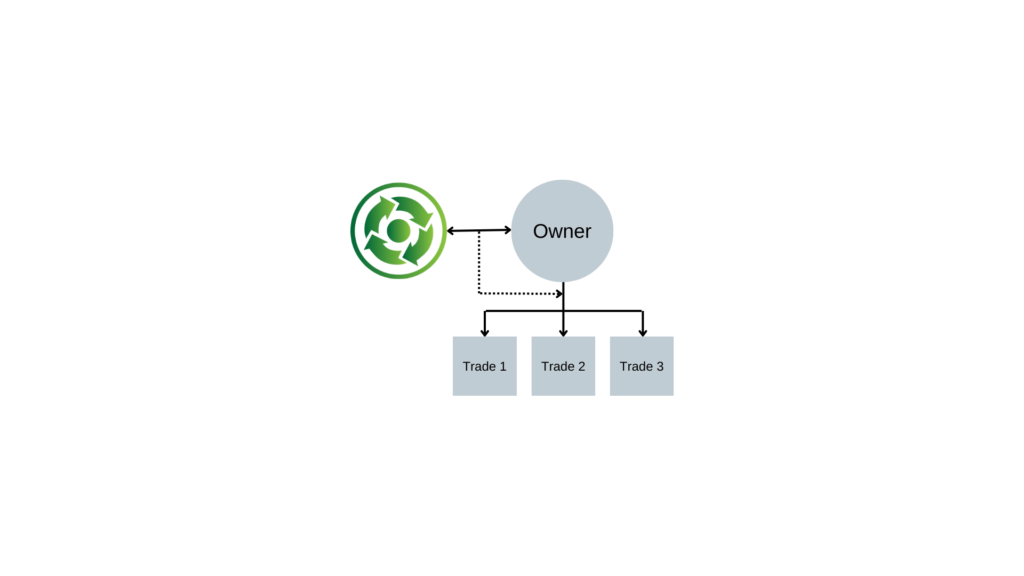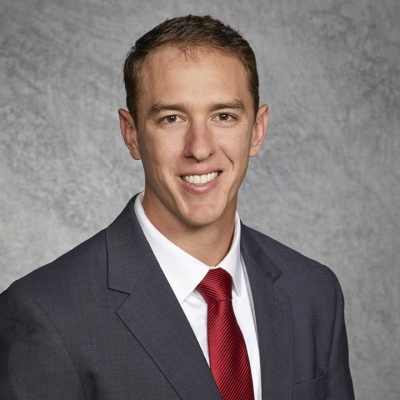Energy and Sustainability projects are often complex and expensive. In addition to using innovative technology, they are often delivered through complex structures such as Energy-as-a-Service (EaaS), Energy Savings Performance Contracts (ESPC), or Power Purchase Agreements (PPAs).
Having an advocate to help you navigate these projects from inception through long term performance will ensure you get the results you intend from your investment.
Introduction
Over the years, Energy & Sustainability projects have been mired in a multitude of disappointments and scandals. These typically stem from inflated costs, poor procurement practices, missed savings guarantees, and failed equipment.
By retaining an Owner’s Representative that works only for you and has a fiduciary responsibility to making you successful you can avoid many of these potential pitfalls. The result will be a project that is cost effective and successful long term.

Here’s some of the benefits an Energy & Sustainability Owner’s Representative can provide.
Want to watch the video form of this article? See below:
Transparency
Energy & Sustainability initiatives are often $1M+ investments predicated on achieving long term savings to recoup the project cost. Understanding exactly what goes into the cost and savings is critical to making a wise decision.
A good Owner’s Representative (OR) typically has substantial experience working with various E&S delivery models and can ask the right questions to determine if the cost you’re paying is reasonable, the savings realistic, and the Measurement & Verification (M&V) plan valid.
Technical Expertise
Since your project is designed to lower energy cost and improve sustainability, it most likely will use more advanced technologies than you currently have in your facility. With these new technologies comes a level of risk associated with operation and performance.
The goal of a good owner’s representative is to keep you on the “leading edge”, but not the “bleeding edge”.
While the selected Energy Services Company (ESCO) will complete detailed engineering and calculations as part of their role, your Owner’s Representative should have a deep understanding of energy calculations, various Energy Conservation Measures (ECMs), and the IPMVP Measurement & Verification protocols. This will allow them to confirm assumptions, trace calculations, and perhaps even duplicate models to confirm reasonableness of savings.
Look for Owner’s Representatives who have Certified Energy Managers, NABCEP PV Associates, and/or Professional Engineers on their team.
Contracting Expertise
Energy & Sustainability projects can be procured through a variety of methods depending on what delivery method they are delivered under. For example, here in Texas public agencies have access to Construction Manager at Risk, Design-Build, Competitive Sealed Proposals, Energy Savings Performance Contract, Job Order Contracts, and more.
Each of these has a slightly different requirements for procurement. Some are procured through Request for Qualifications (RFQ), while others require a price-based solicitation. Others can be selected through Interlocal Purchase Agreements, or Cooperatives.
An Owner’s Representative will first help you decide which is the best delivery method for your project and then help you navigate the procurement process to select the best provider.
Business Acumen
Since E&S projects and programs are undertaken largely for cost reduction and Return on Investment (ROI), having an Owner’s Rep that’s skilled in cash flow modeling, financial metrics, and other business focused expertise is key.
Some Owner’s Representatives come from an Engineering background and hold very good technical credentials, but may not have a lot of business and financial expertise.
Look for team members that hold a Master of Business Administration (MBA), CPA, or other business/finance related credential or degree to ensure you get the best possible consulting.
Cost Reduction
A good Owner’s Representative will not only reduce your risk, but they will often pay for themselves 2-4x over. Rather than looking at them as a cost premium on your project, expect them to be a cost save!
Energy Savings Performance Contracts, Energy as a Service, and Power Purchase Agreements have a poor reputation as being very expensive. The price premium is often hidden in confusing delivery methods and inflated savings assumptions.
Take for example this story referenced in the Department of Energy’s document “An Ally in Your Corner: Benefits of Using Owner’s Representatives” on how an Owner’s Rep saved a customer $250,000.
The ESCO proposed removing an 8-year-old controls system and replacing it with their building automation system, which would cost $300,000 to be installed. The owner’s rep used its in-house controls expertise to determine that the existing system could be effectively retro-commissioned at a cost of $50,000, so the state saw a $250,000 reduction of the total ESPC project costs. The retro-commissioned system saved nearly the same amount of energy as the proposed new system and the owner was happy with the results of the energy conservation measure.
Energy Service Companies make most of their money by marking up labor, material, and subcontractors. As such, they are incentivized to sell the biggest possible project. By finding ways to save money without making unnecessary major changes to the building these funds can be better allocated to higher priority needs.
When you engage an Owner’s Representative early in the project process you ensure expectations and standards are established early on that will yield savings later. A flat, cost-effective delivery model combined with transparent open-book pricing ensures all parties arrive at a mutually beneficial agreement.
Best ESCO Selection
Energy Service Companies (ESCO) spend millions of dollars on sales and marketing efforts. Their goal is to “lead” the deal, thereby building a relationship before any competitors even know you are considering a project.
Since many states, such as Texas, allow for Qualification based selection, the ESCO with the longest/deepest relationship usually wins. There’s a common saying that the RFQ process is a “beauty contest”, since it is really fairly subjective and it is understandably hard to overcome a relationship that someone else has already built.
Since ESCOs all play this game, most of the best companies won’t even bother responding to an RFQ if they know a competitor is leading it. They know the win rate on these RFQs is typically less than 5%, so the hassle isn’t worth their effort.
By engaging an Owner’s Representative FIRST, before you start working with any ESCO, you take control of the process.
Most Owner’s Representatives are going to have a good professional working relationship with the close-knit ESCO community. Since ESCOs know they are going to be fairly evaluated by a knowledgeable expert and aren’t “playing against a stacked deck”, they are much more likely to submit a proposal.
This gives you the best chance at getting the best company for your specific project.
Strong Project Oversight
Overseeing a multi-million-dollar project requires a lot of staff time and expertise. Retaining your Owner’s Representative throughout project implementation ensures it is built as planned and operate as designed.
Some Owner’s Representatives also offer Commissioning services. This service confirms all installed systems operate per the written plan. This is especially important with highly complex and customized systems like Building Automation. Since 3rd party commissioning is a good practice on any large project, ask if your Owner’s Rep might be able to bundle this into their offering.
Accurate Measurement & Verification
Many Energy & Sustainability projects include some sort of savings or performance guarantee. The process of confirming that the system is actually meeting this guarantee is Measurement & Verification.
While M&V is good in theory, in practice it can often be very confusing and even misleading. By definition, most systems will need to be adjusted to account for changes outside of the energy service company’s control (i.e. weather, energy rates, occupancy changes, etc.).
Having a good M&V plan developed in conjunction with your Owner’s Representative is a good start. Retaining them to review M&V reports each year on your behalf is also a good practice.
Conclusion
As you can see, there are a myriad of benefits to engaging an Owner’s Representative EARLY in your project and retaining them throughout implementation and M&V.
Here at Holistic Utility Solutions, we offer unbiased, fiduciary services for energy conservation, solar, and other sustainability strategies to K-12 schools, cities, hospitals, Federal agencies, universities, and private sector businesses. We are knowledgeable on all the various procurement and delivery methods across multiple states and only work in a transparent and professional manner.
Reach out to me directly at ira@holisus.com or 817-251-2737 if you’d like to discuss your project. We’d be honored to help you succeed on your E&S project.
Be blessed,
Ira
Related Reading from Holistic Utility Solutions:
How to Implement a Cost-Effective Energy & Sustainability Strategy

